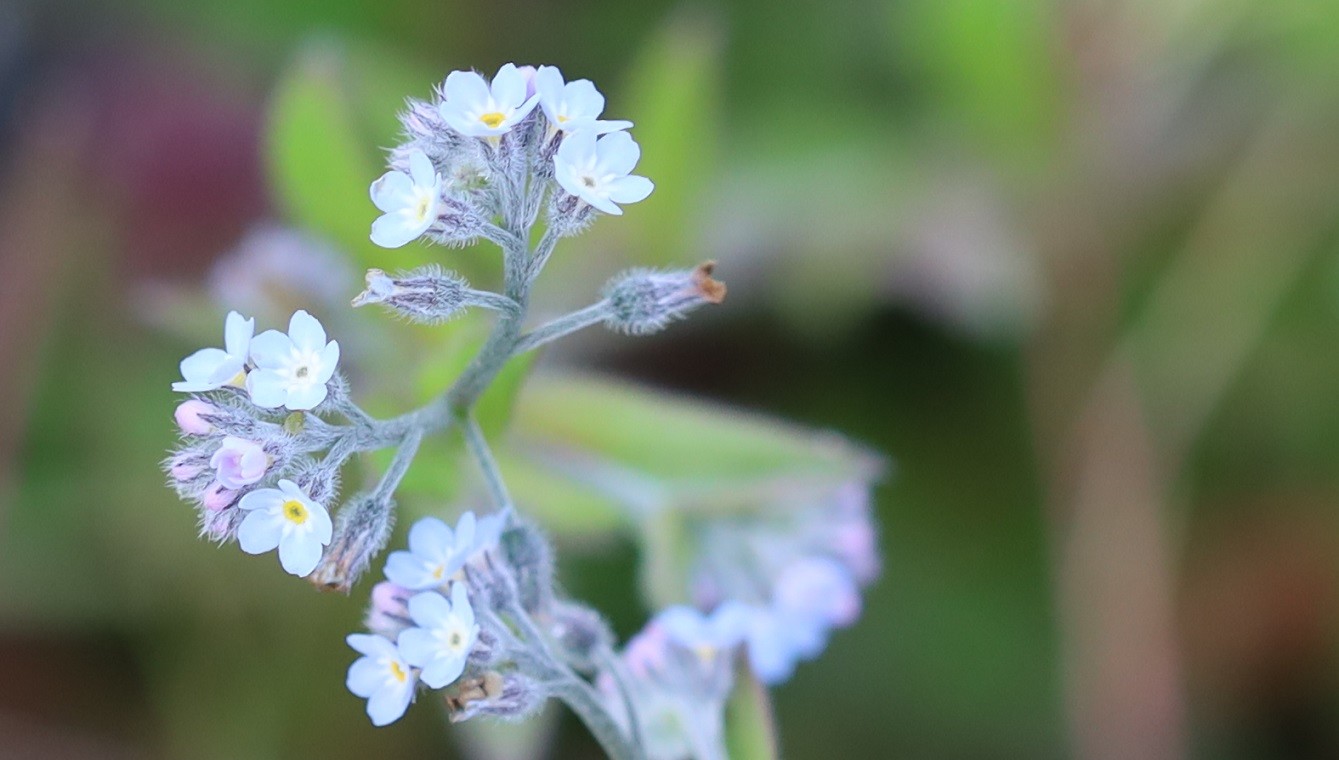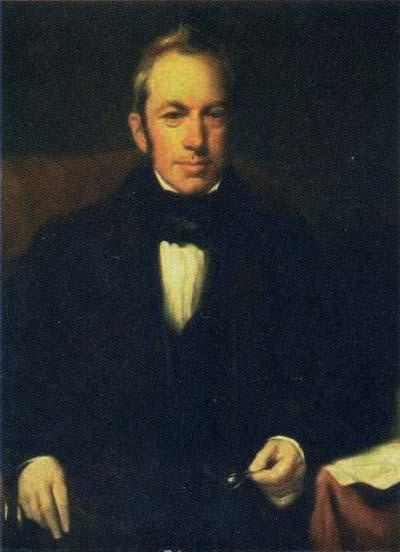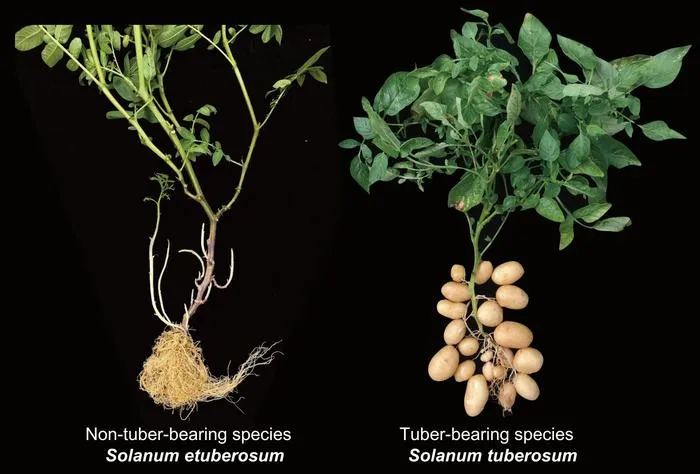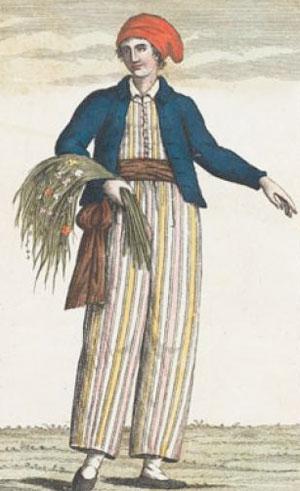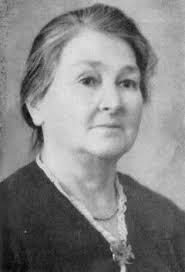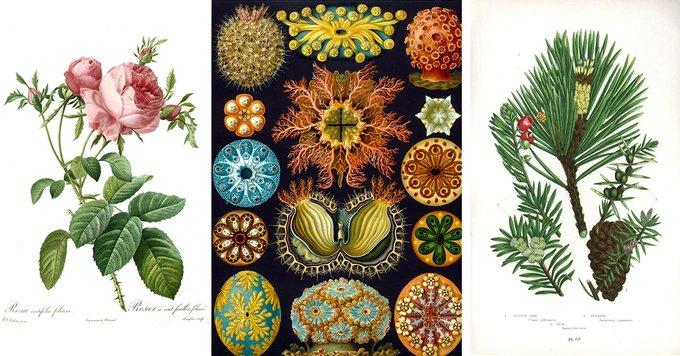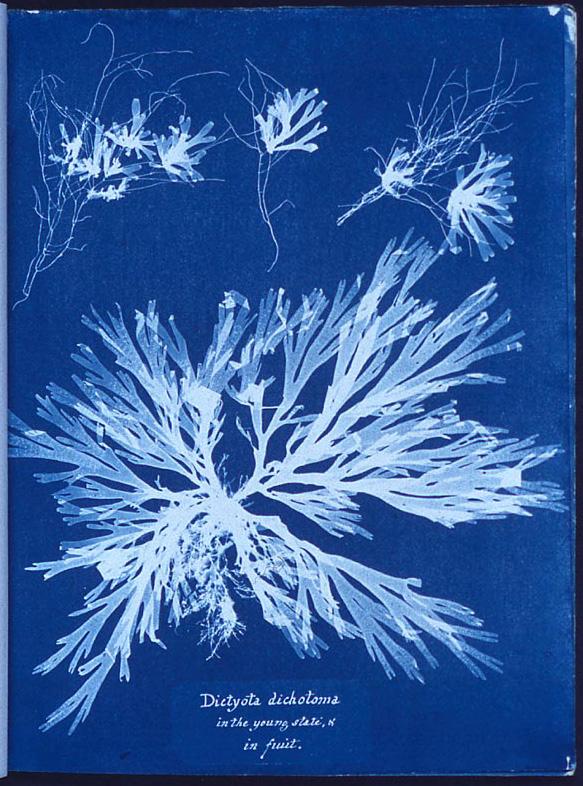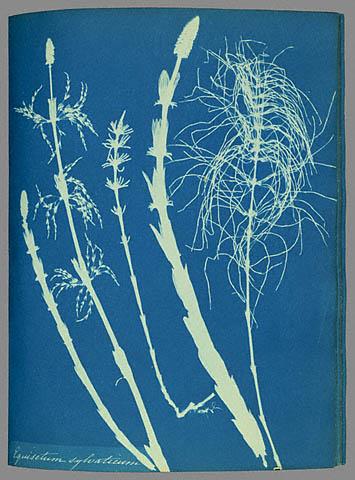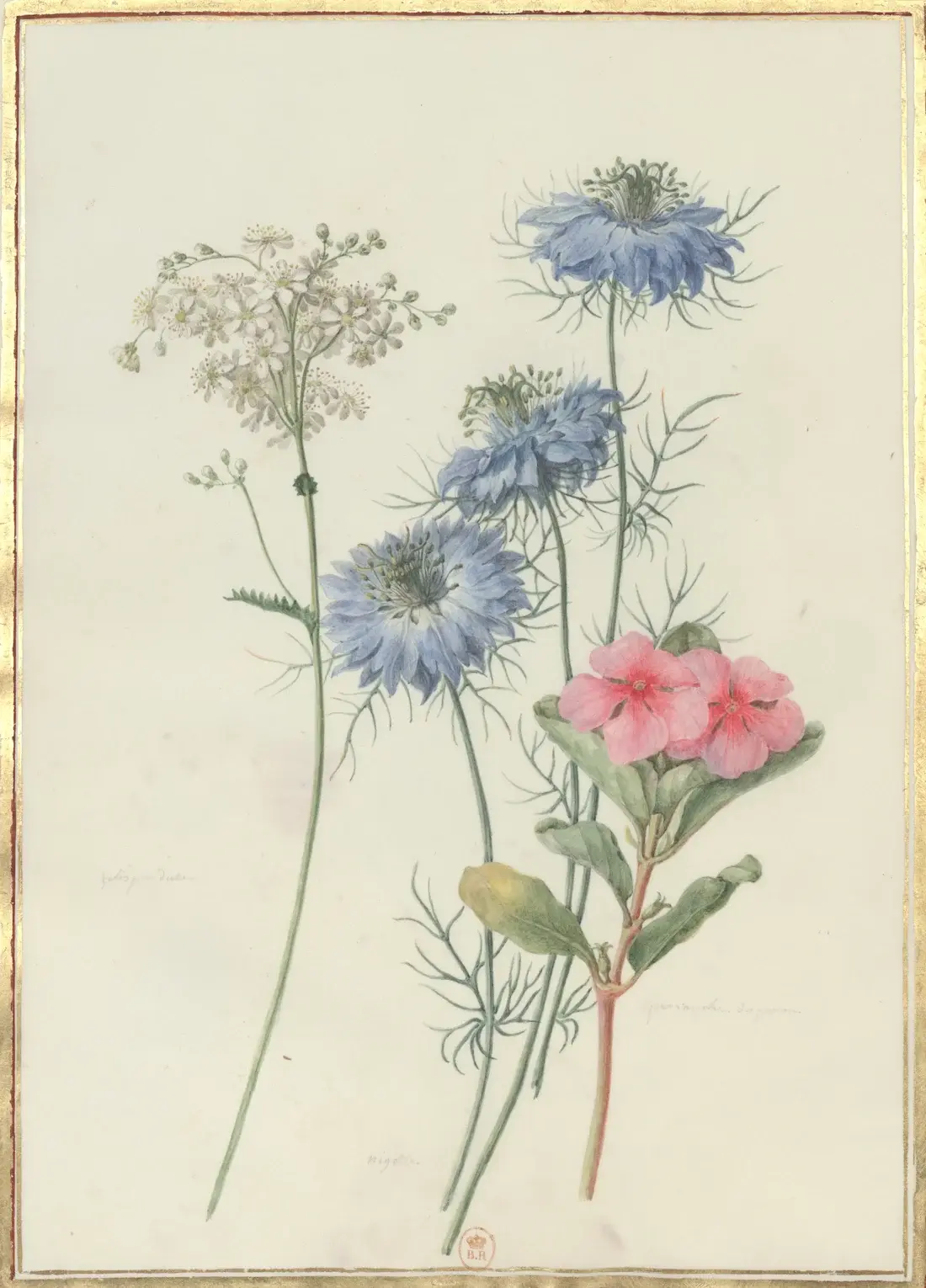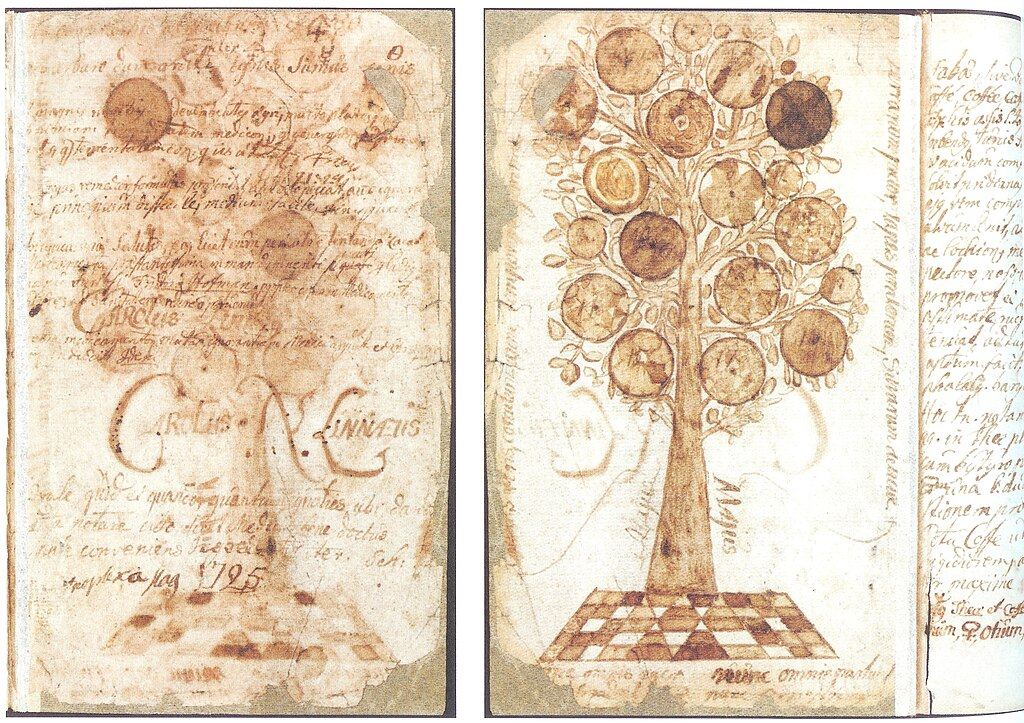My favourite photo of the week - Field Forget-me-not growing on a grassy bit which one of the local business parks is encouraging to grow as wildflowers. Smaller and paler flowers than the hulking big garden escapes I see more often in urban #Swindon. #WildflowerHour #Bloomscrolling #botany #plants #flowers #wildflowers #photography
botany
Scottish botanist and paleobotanist Robert Brown died #OTD in 1858.
In 1827, while observing pollen grains suspended in water under a microscope, Brown discovered the random movement of particles, later known as Brownian motion. He was the first to describe the cell nucleus, which he observed in orchid cells in 1831. He also made significant contributions to the classification of plants, introducing new families and genera.
Turns out tomato sex is the reason we have one of life’s greatest foods: the modern potato. They’re hybrids of tomatoes and a non-tuberous potato ancestor called Solanum Etuberosum.
Thank you, horny little tomatoes.
Hat tip: @peteorrall
French botanist and explorer Jeanne Barret was born #OTD in 1740.
She is best known for being the first woman to circumnavigate the globe with Bougainville's expedition on the Boudeuse and Étoile from 1766 to 1769. Disguised as a man, under the name Jean Barret, she enlisted as a valet and assistant to the expedition's naturalist, Philibert Commerson, shortly before the expedition's ships weighed anchor. According to Bougainville, she was an expert in botany.
South African botanist and taxonomist Louisa Bolus was born #OTD in 1877.
She is known for her extensive work in the field of South African flora, particularly in the classification and description of new plant species. Her extensive collection and classification efforts greatly expanded the Bolus Herbarium, making it one of the most important botanical collections in the region.
Bananas are at risk of extinction, but scientists have a plan. 🍌
From @popsci: A fungus that can infect over 100 different plants is devastating the popular fruit.
#Bananas #Food #ClimateChange #Climate #Agriculture #Botany #Science
What Is Botanical Illustration? Learn About the History of This Scientific Art Form
By Emma Taggart and My Modern Met Team via @mymodernmet
In October 1843.
Anna Atkins begins publishing Photographs of British Algae: Cyanotype Impressions, a collection of contact printed cyanotype photograms of algae, "by placing the unmounted dried-algae original directly on the cyanotype paper" to form the first book illustrated with photographs.
https://en.wikipedia.org/wiki/Anna_Atkins
New York Public Library provides scans of 285 pages of its copy online:
https://digitalcollections.nypl.org/collections/photographs-of-british-algae-cyanotype-impressions#/?tab=navigation&scroll=3
8 women botanical artists from across Europe
Making contributions to both art and science
by Aleksandra Strzelichowska (from the archives) via @europeana
https://www.europeana.eu/en/stories/8-women-botanical-artists-from-across-europe
My daughter is starting to see all her USA federal national park summer job opportunities evaporate (many were stretch goals), and is looking now for summer lab research spots.
So if you are doing botany science (not horticulture) or have any leads, hit me up so I can relay. Boosts welcome.
(edit: you folks who are boosting and reading the getfedihired/botany tags are amazeballs, thank you!)
Defying classification, fantastical artworks reframe the racism of Carl Linnaeus
In the 18th century, the Swedish biologist Carl Linnaeus set out to classify life, creating a system of taxonomy that still endures. But, as Firelei Báez explains, his work included hierarchies of humans based on race that were ‘sheer nonsense’, embedding racist ideas into science that echo to this day.
Carl Linnaeus at PG:
https://www.gutenberg.org/ebooks/author/9516
